Available 24/7
Available 24/7
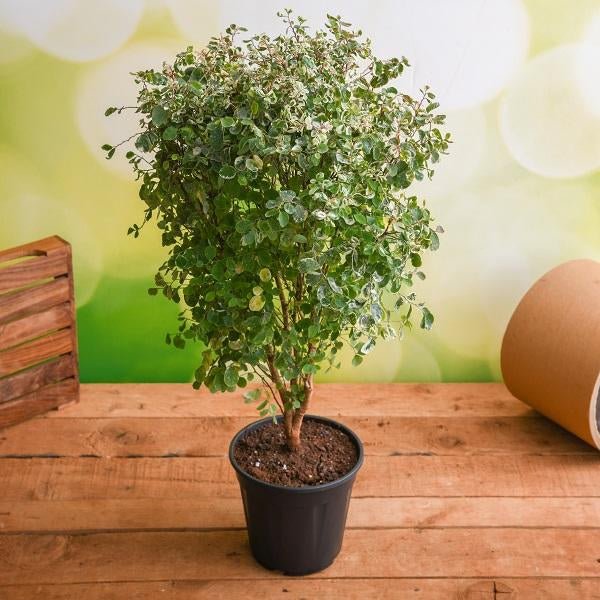
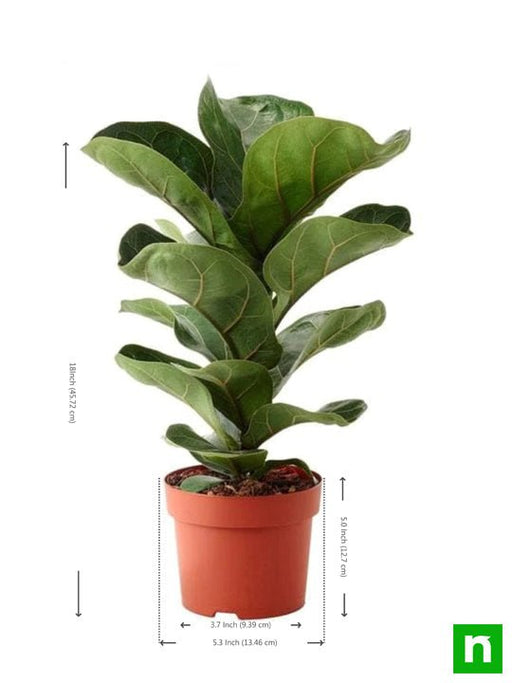
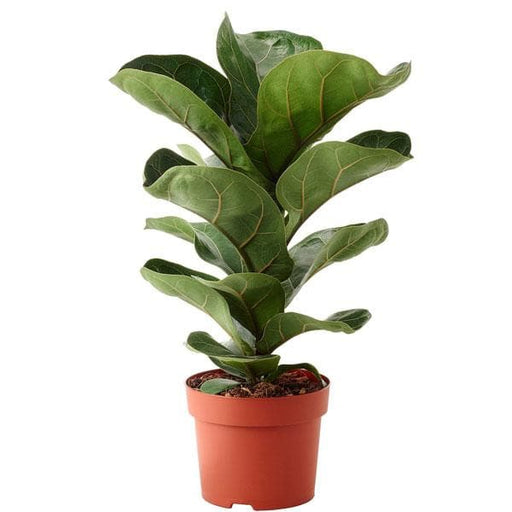 Save 19%
Save %
Save 19%
Save %
DescriptionThe fiddle leaf fig from the Ficus genus of trees is an exciting species to grow with larger leaves and is one of the best houseplants f...
View full details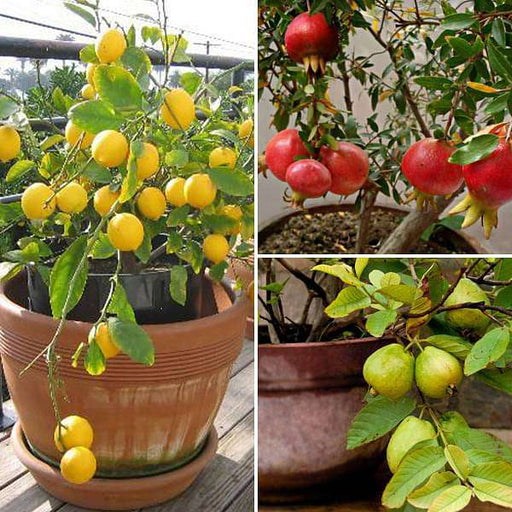
 Save up to 10%
Save %
Save up to 10%
Save %
DescriptionAbout These packs contains fruit plants which are very easy to grow. Plants in these packs require low maintenance. It contain fruits wh...
View full details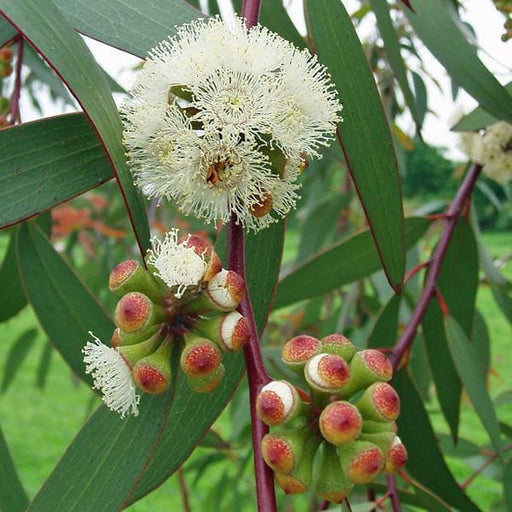 Sold out
Sold out
DescriptionEucalyptus can be grown as houseplants and others do well only in warm climates growing outside. Some types of Eucalyptus can be grown a...
View full details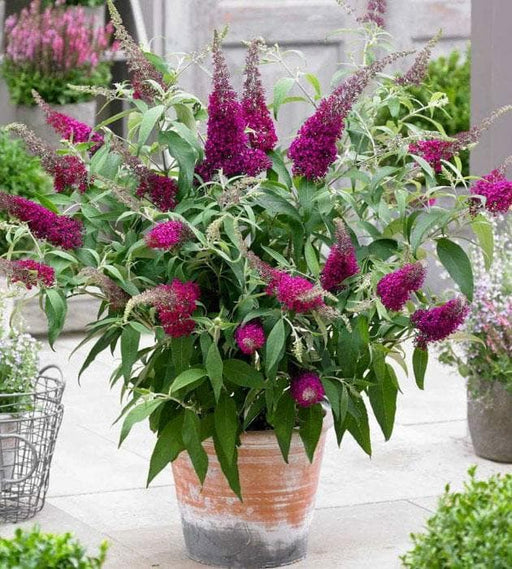 Sold out
Sold out
DescriptionThe Butterfly Bush is a beautiful, fast-growing deciduous shrub with masses of blossoms long, seductively spiked trusses that bloom from...
View full details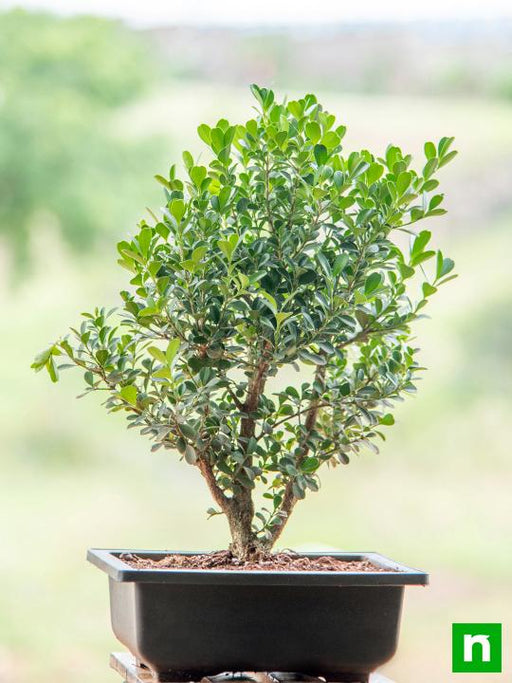
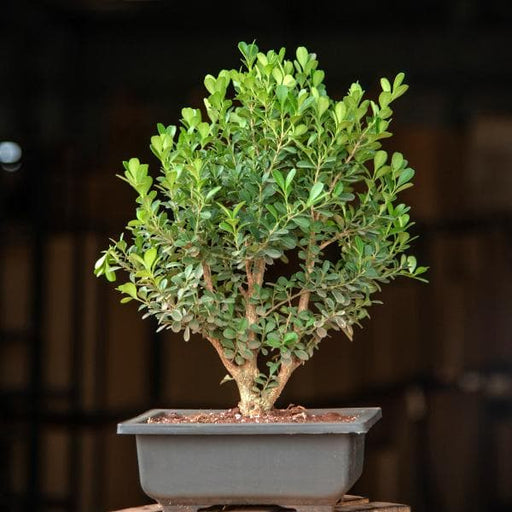 Sold out
Sold out
DescriptionBonsai is closely resembling circumstances in nature. These styles are open to personal interpretation and creativity of nature.In natur...
View full details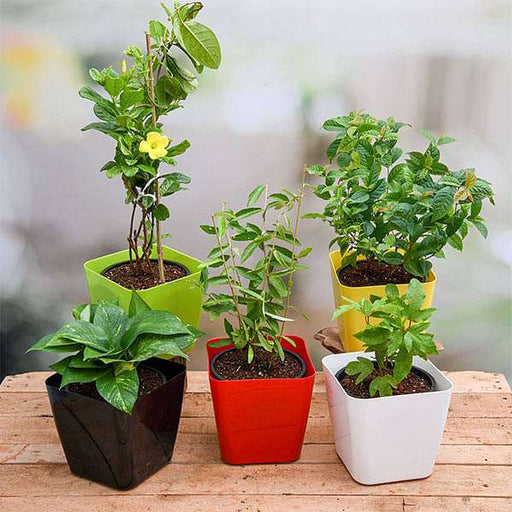 Sold out
Sold out
DescriptionHighlight the vertical plane of your garden with plants that climb. This pack contains Top 5 Climbers And Creepers for your balcony + 5 ...
View full details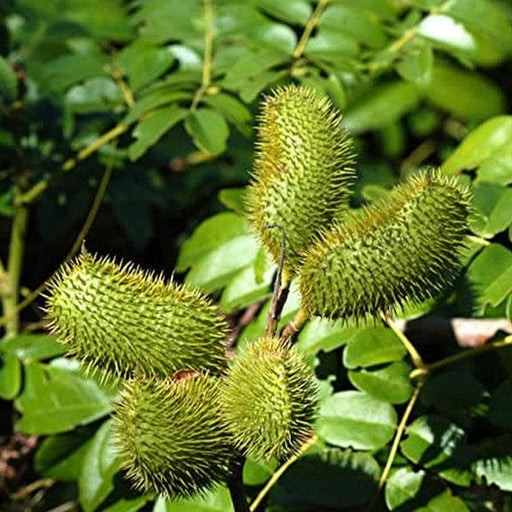 Sold out
Sold out
DescriptionGrow an excellent, therapeutic and hardy Sagargota plant at your home easily.Sagargota is perennial evergreen prickly shrub in Fabaceae ...
View full details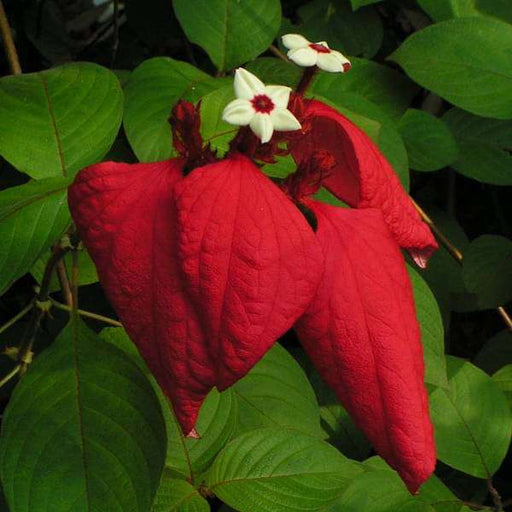 Sold out
Sold out
DescriptionMussaenda, mussaenda bushes are evergreens in the rubiaceae family that bloom from spring to fall in mild-winter areas.Winter hardy to U...
View full details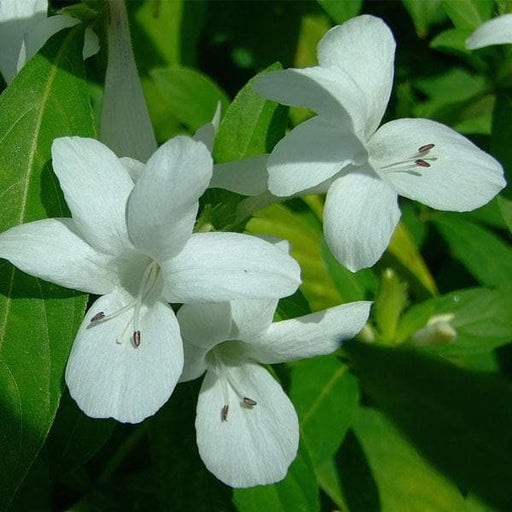 Sold out
Sold out
DescriptionIt is an evergreen shrub that grows particularly fast, and is ideal for small gardens and rockeries.Plant Specifications*above specifica...
View full details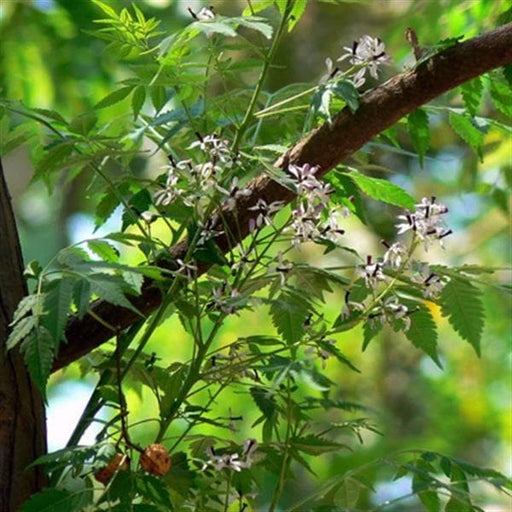 Sold out
Sold out
DescriptionBakayan or Mahanimba is a deciduous tree native to southern Asia and is found throughout India. It can be easily seen in parks and along...
View full details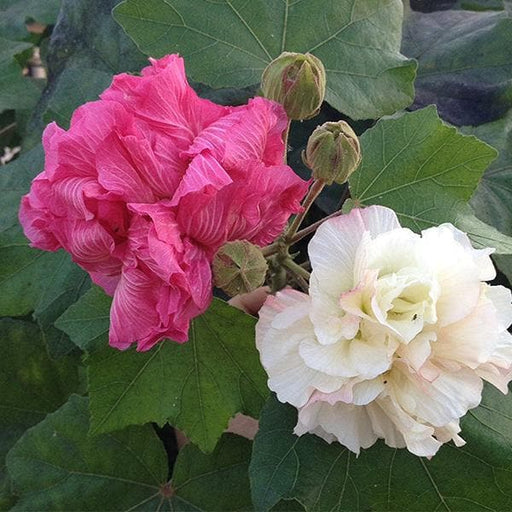 Sold out
Sold out
DescriptionThese plants have a very fast growth rate. The Confederate rose was at one time very common in the area of the Confederate States of Ame...
View full details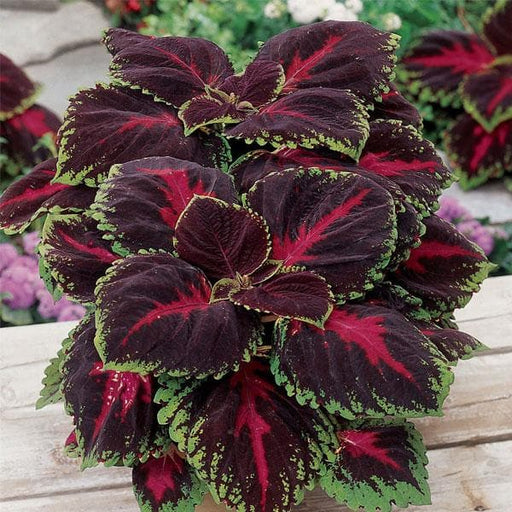 Sold out
Sold out
DescriptionColeus is a former genus of flowering plants in the family Lamiaceae. Sr Item name 1 Coleus (Maroon Green) - Plant 2 4 inch (10 cm)...
View full details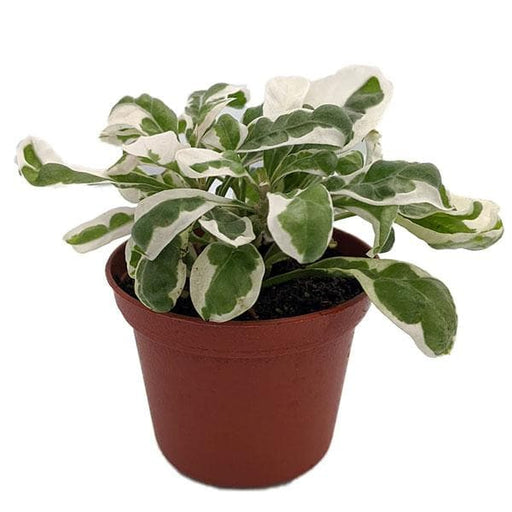 Sold out
Sold out
DescriptionThese are annual or perennial herbs or subshrubs. While some of the better-known species are aquatic plants, most are terrestrial. Sr I...
View full details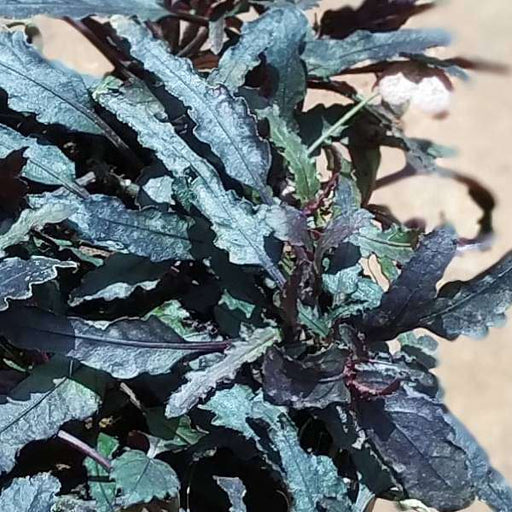
 Sold out
Sold out
Description Hemigraphis repanda plant has green grassy looking foliage makes a dramatic statement in the garden. Sr Item name 1 Hemigraphis rep...
View full details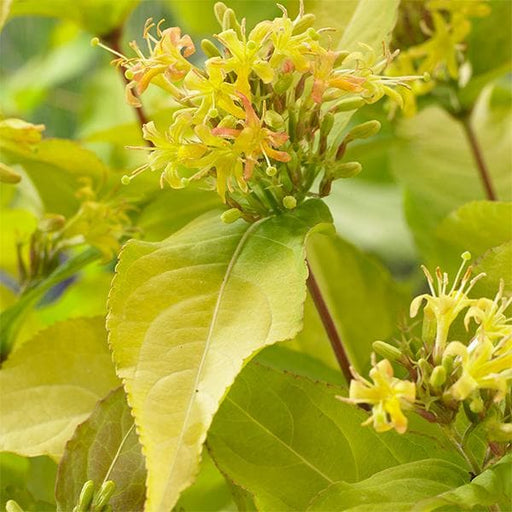 Sold out
Sold out
DescriptionMountain bush honeysuckle Sr Item name 1 Diervilla Rivularis, Kodiak ( Golden ) - Plant 2 6 inch (15 cm) Grower Round Plastic Pot (...
View full details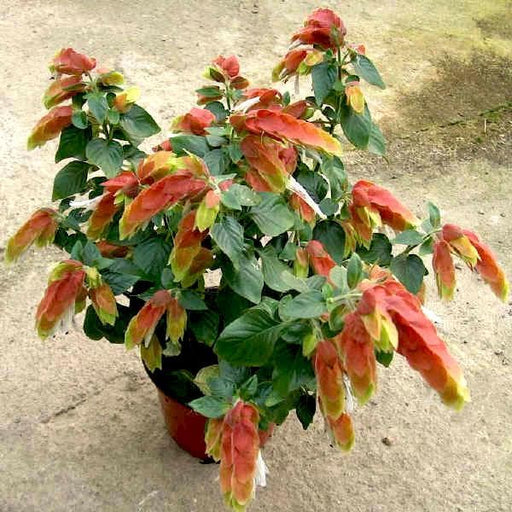 Sold out
Sold out
DescriptionBeleperone Guttata is one of sixty tropical evergreen shrubs from central America that belong to the family Acanthaceae. The name comes ...
View full details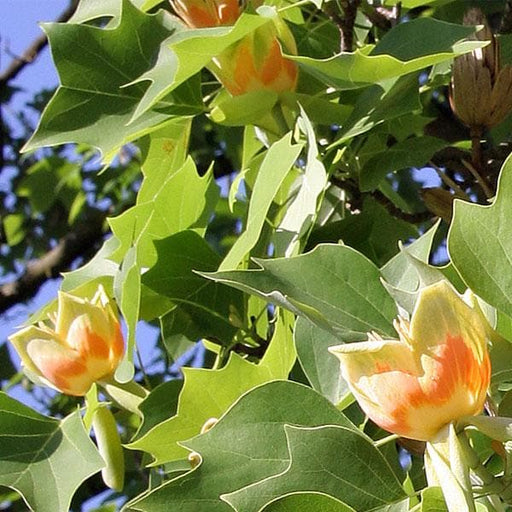 Sold out
Sold out
DescriptionIf you are looking for a stunning tree that grows quickly and does not suffer from many pest problems, your search is over.Look upward i...
View full details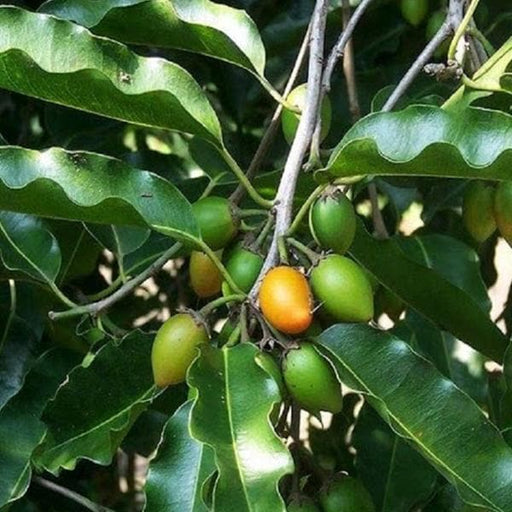 Sold out
Sold out
DescriptionKhirni (Manilkara hexandra) is a tree species in the tribe Sapoteae, in the Sapotaceae family Manilkara hexandra is a slow-growing but f...
View full details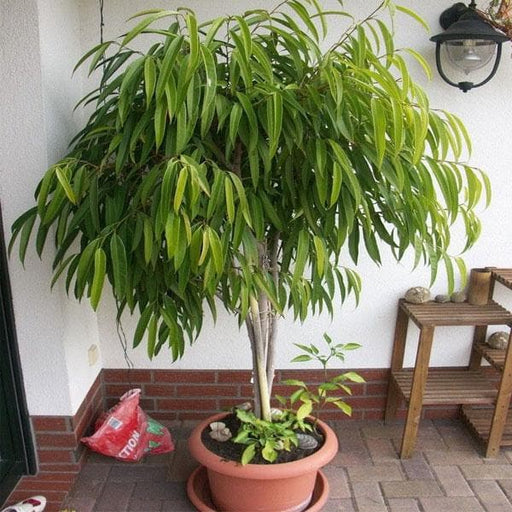 Sold out
Sold out
DescriptionFicus plants range from large trees to woody shrubs to trailing vines. The ficus comes in many shapes and sizes that make this a popular...
View full details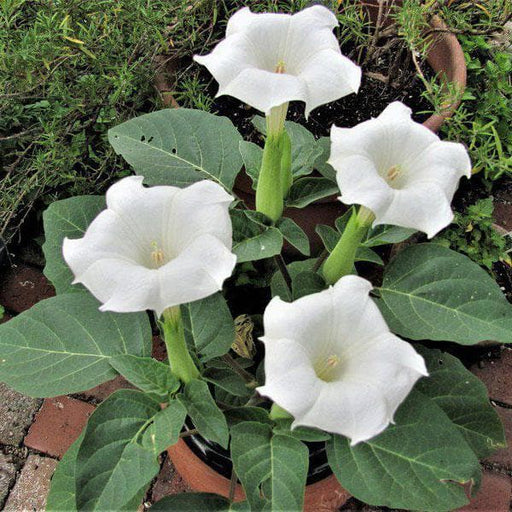 Sold out
Sold out
DescriptionDatura gets its common name from its huge, tubular flowers that resemble trumpets. The blooms may be held upright or dangle like bells a...
View full details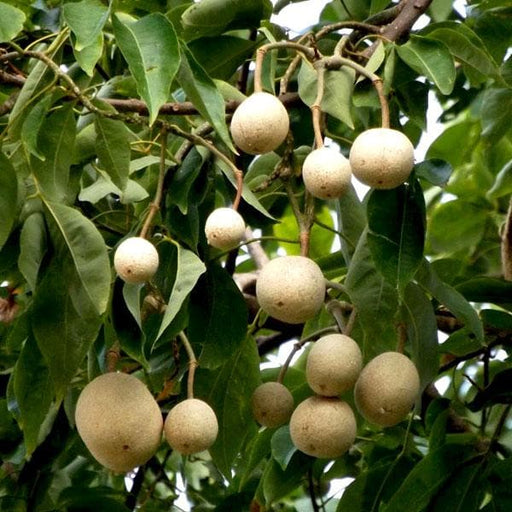 Sold out
Sold out
DescriptionVaruna - Crataeva nurvala is a famous diuretic Ayurvedic herb.Plant Specifications*above specification are indicative only. actual dimen...
View full details Sold out
Sold out
DescriptionLooking for an adaptable native plant thats drought tolerant, deer resistant and colorful? This is it!Diervilla Rivularis, Kodiak ( Gree...
View full details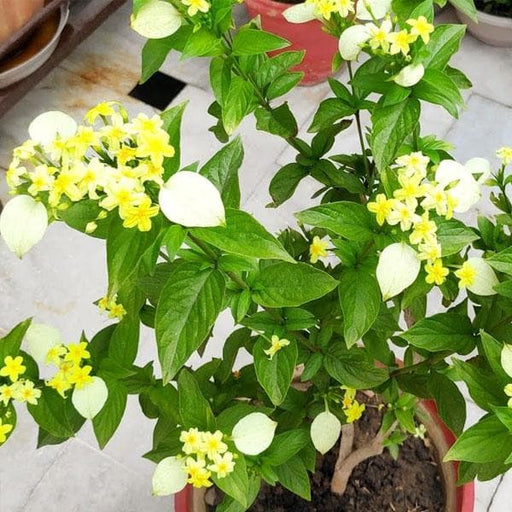 Sold out
Sold out
DescriptionMussaenda, mussaenda bushes are evergreens in the rubiaceae family that bloom from spring to fall in mild-winter areas.Winter hardy to U...
View full details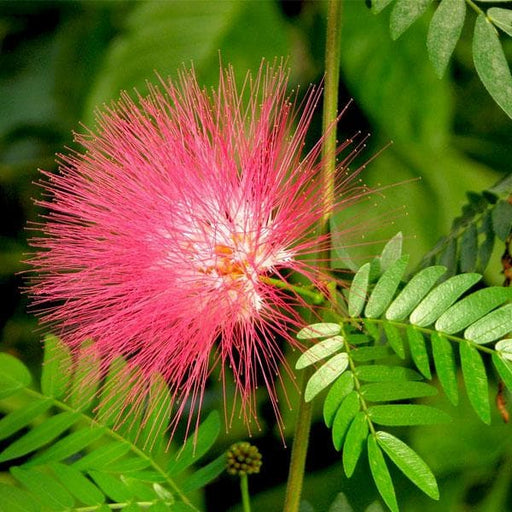 Sold out
Sold out
DescriptionAlbizia saman is a species of flowering tree in the pea family, Fabaceae, that is native to the Neotropics. Large, handsome and spreadin...
View full detailsShrubs unlike trees with solitary trunks are woody plants that branch near the ground and do not have a leading shoot.
Pots for shrubs should be large enough to accommodate the shrub but light enough to move around easily.
A shrub sometimes known as a bush is a perennial woody plant that grows in small to medium sizes. In contrast to herbaceous plants.
A wide variety of shrub plants are available on nurserylive. You can explore and order them from there accordingly.
These can be planted in open garden, fields, balcony, pots and in hanging as well.
write exactly the same list, starting with item 15, through 20.
Snip, snip, snip – it's time for a trim! Master the art of pruning shrub trees in pots, ensuring a well-groomed and healthy plant that looks its best year-round.
Nurture your potted shrub trees like a pro! Discover our expert tips on shrub tree care in pots, covering everything from watering and fertilizing to pest control.
Give your potted shrub trees room to grow! Learn the ins and outs of repotting shrub trees, ensuring a smooth transition and a happy, healthy plant.
Spruce up your potted shrub tree collection with some creative flair! Unleash your inner designer with our inspiring shrub tree pot design ideas that will take your outdoor space to the next level.
There are many shrub trees that can be grown in pots, including dwarf varieties of hydrangeas, roses, camellias, azaleas, and hibiscus. Other options include dwarf pomegranate, dwarf citrus trees, and boxwood shrubs.
The size of the pot depends on the size of the shrub tree. For smaller shrubs, a pot with a diameter of 12-16 inches is sufficient. For larger shrubs, a pot with a diameter of 20-24 inches or larger may be required.
Yes, some shrub trees can be grown indoors in pots. However, they require adequate sunlight and proper ventilation to thrive. Indoor shrubs should be placed near a sunny window and the pot should be placed on a saucer to catch any excess water.
Shrub trees in pots should be watered when the top inch of soil feels dry to the touch. This may require watering every 1-2 days in hot weather, or once a week in cooler weather. It is important not to over-water, as this can lead to root rot.
A well-draining potting mix is best for growing shrub trees in pots. Avoid using garden soil, as it may not drain properly in a container. A mix of peat moss, perlite, and vermiculite can be used as a potting mix.
Yes, shrub trees in pots require fertilizer to provide them with essential nutrients. Fertilize them with a slow-release fertilizer every 2-3 months during the growing season.
Shrub trees in pots should be pruned as needed to maintain their shape and size. Dead or damaged branches should be removed promptly. Pruning can be done in the early spring or late fall when the shrub is dormant.
Yes, shrub trees in pots can be moved indoors during the winter months to protect them from frost damage. However, they will require adequate light and proper ventilation to thrive.
Yes, multiple shrub trees can be planted in the same pot. However, it is important to choose shrubs with similar water and light requirements, and to ensure that the pot is large enough to accommodate the roots of all the plants.
Yes, shrub trees in pots can be grown on balconies or terraces as long as they receive adequate sunlight and are protected from strong winds.
Some tips for growing shrub trees in pots include choosing the right size pot, providing proper drainage, using a well-draining potting mix, watering and fertilizing regularly, pruning as needed, and protecting the plants from frost and wind.
The lifespan of shrub trees in pots varies depending on the type of shrub and the care they receive. With proper care, they can live for several years.
Yes, shrub trees can be grown in pots. However, it is important to choose the right size of the pot and the right type of soil. The pot should be large enough to accommodate the roots of the shrub and allow for proper drainage. The soil should be well-draining and rich in organic matter. It is also important to provide the shrub with adequate sunlight and water.
Some good shrub trees for growing in pots include rose bushes, azaleas, camellias, boxwoods, holly, and dwarf citrus trees. These shrubs are relatively small in size and can be easily grown in pots with proper care and maintenance.
The best time of year to plant shrub trees in pots is during the spring or fall seasons. These seasons provide ideal growing conditions for the shrubs and allow them to establish their roots before the onset of extreme temperatures.
Shrub trees in pots should be watered regularly, but not over-watered. The frequency of watering will depend on factors such as the size of the pot, the type of soil, and the climate. As a general rule, the soil should be kept moist but not waterlogged.
Shrub trees in pots should be fertilized every few months with a balanced fertilizer that is designed for container plants. This will provide the shrubs with the necessary nutrients to grow and thrive.
Pruning shrub trees in pots is similar to pruning those grown in the ground. Dead, damaged, or diseased branches should be removed as soon as possible. Overgrown or unwanted branches can also be pruned to shape the shrub or control its size.
Preventing pests and diseases from affecting shrub trees in pots can be achieved through proper care and maintenance. This includes providing the shrubs with adequate sunlight, water, and nutrients, as well as ensuring proper drainage and airflow. Regularly inspecting the shrubs for signs of pests or diseases and taking prompt action to address any issues is also important.
Yes, shrub trees in pots can be kept indoors, but it is important to choose the right type of shrub for indoor growing conditions. Shrubs that prefer cooler temperatures and lower light levels are ideal for indoor growing. Proper care and maintenance, including providing adequate light, water, and nutrients, will also be necessary to ensure the health and well-being of the shrub.
